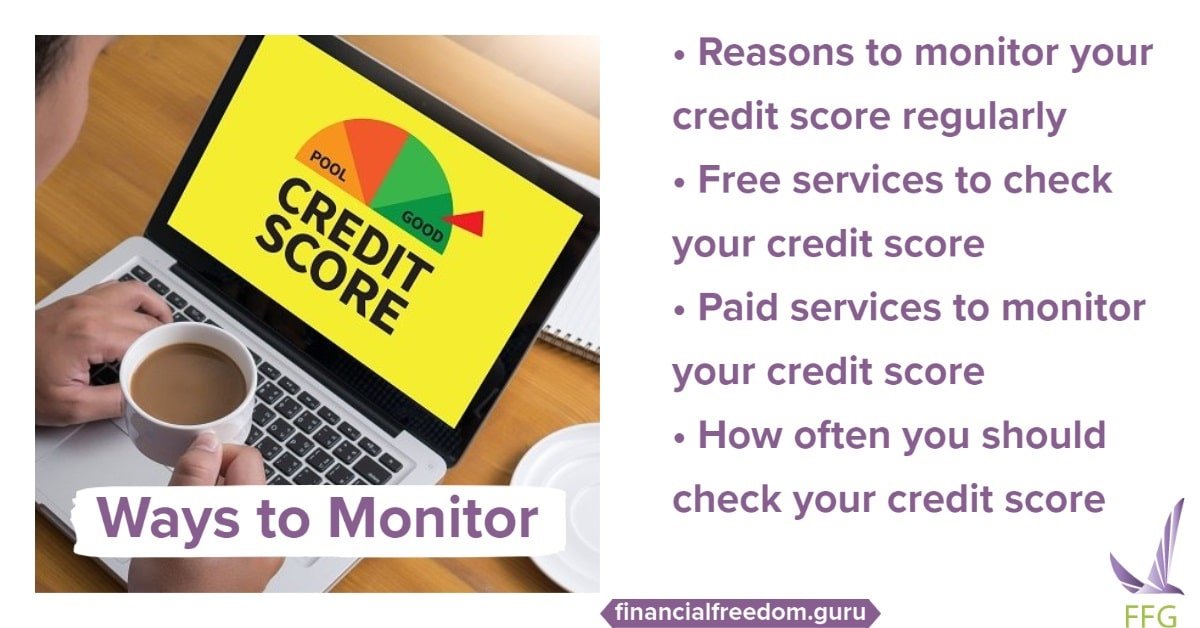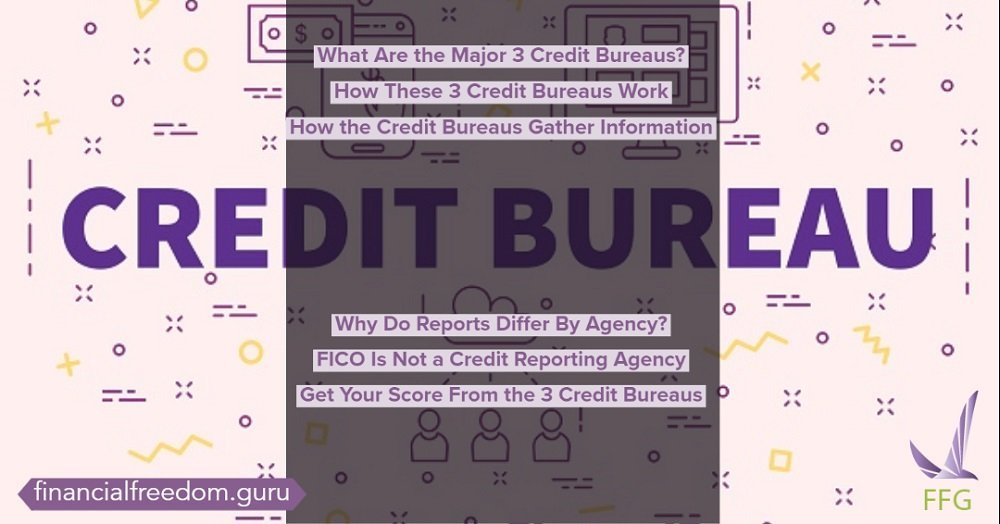Finally Understand How to Read a Credit Report

Updated: November 29, 2022
Reading a credit report can be intimidating. It holds all of your reported credit history for the last seven to ten years. That’s a lot of information to process and it is easy to see why it can be overwhelming. In this article, we’ll review how to read a credit report. We’ll also cover what to do if you find an error.
Table of Contents
A Brief Overview
A credit report is a list of your credit activities over the last seven years (ten, if there was a bankruptcy recorded). Your credit report shows how you’ve managed debt. It holds your current and historical balance, payment history, credit limits, accounts in collections and public records. It is generated by your creditors reporting your behavior to the credit bureaus: TransUnion, Experian, and Equifax. Not every lender may report to all three credit bureaus. Potential creditors then pay to access the report, which they use to determine your credit risk. Your credit report doesn’t usually include your credit score.
Legally, you’re allowed to get one free credit report from each of the credit bureaus per year. We recommend that you review all of them for errors. Under special circumstances, you may be able to get a second one within the same 12 month period.
How to Read a Credit Report
Your credit report is divided into a number of sections, which we’ll describe below.
- Personal information contains your identifiable characteristics. It’s important to make sure that your personal information is correct. Verifying your personal information can protect your credit score from unintentional errors like two people with the same name. It can also help you guard against identity theft.
- Public records is where public judgments against you are listed. Bankruptcies, foreclosures, and liens are listed here. Note that these public records specifically address civil financial cases. They do not contain information about arrests for crimes.
- Accounts (also called a trade line) reported to the credit bureau are listed here. Relevant information to the account displayed here includes:
- Whether the account is open, closed, or negative.
- Account identifiable information: account number, type (installment loans, revolving, and mortgage), owner(s), opening dates, payment status, and reported date.
- Information about the balance: the high balance, monthly balance, initial (installment) loan amount, and the revolving credit limit.
- The creditor’s information.
- Trade line’s payment history, showing if you paid on time or were late. Lateness is measured in increments of 30, 60, 90, or 120 or more days late.
- Credit Inquiries show who has requested access to your credit report. This includes both hard and soft inquiries. Hard inquiries occur when you have given your permission to have your credit history pulled. You may be in the process of applying for a new credit card, mortgage or car loan. A soft inquiry is when someone other than a potential creditor pulls your report without your permission. It could be for a promotional offer, or to verify that you’re a customer. A hard pull will ding your credit score slightly; a soft pull has no effect on your score.
How to Dispute Credit Errors
Sometimes, when you read your credit report, you may find that it contains errors. The onus for making sure your credit report is correct is not on the consumer. Legally, the credit bureaus and your creditor are the entities responsible for making sure the information is accurate. When an error is found, contact the credit bureau(s) and your creditor in writing to inform them about the problem.
Once the complaint has been received, the credit bureau has 30 days to investigate the issue. (There is an exemption which allows them to dismiss frivolous disputes). The Federal Trade Commission has a sample form you can use. You may also write a letter to both the bureau and your creditor using the following steps:
- Make sure that your personal information is on the letter.
- Ensure that each disputed error is listed, with the reason for the dispute.
- Request that the error be corrected on, or removed from, your credit report. Provide an annotated copy of the report, with the error highlighted.
- Attach copies of all the evidence you need to prove your claim. Do not send the originals.
- Make a copy of everything that you send to the credit bureau for your own records. The letter and all evidence should be dispatched via certified mail so that what items are transmitted is documented.
Be Sure Your Credit History Is Accurate
Understanding how to read a credit report is one of the first steps in making sure your credit is healthy and robust. Every consumer should pull and read their credit report. It is the only way to be sure that your credit history is accurate.





